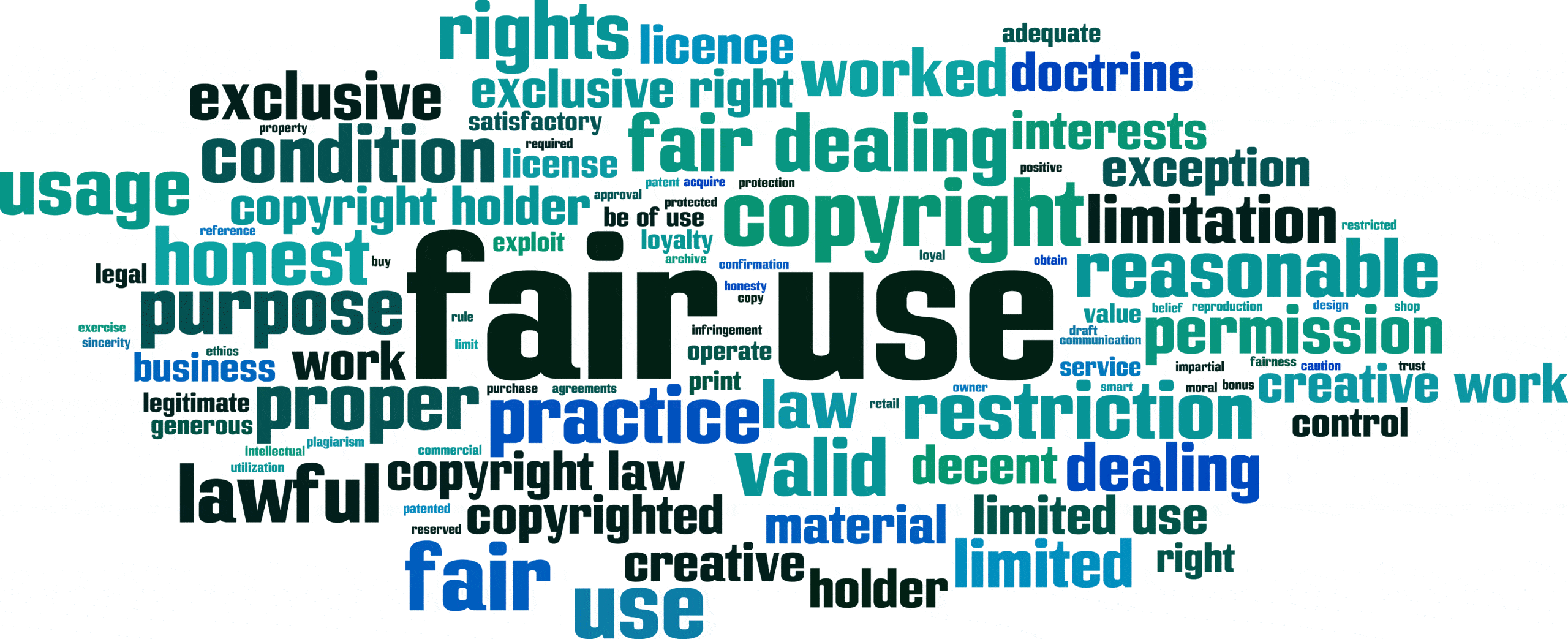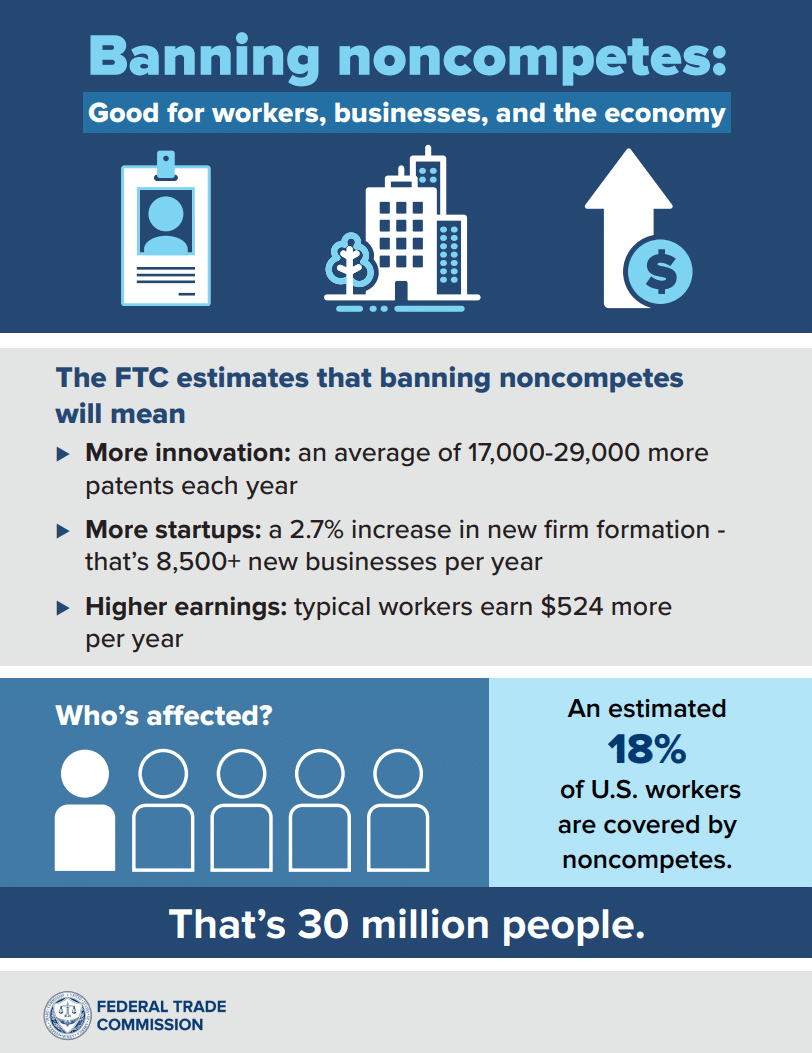Hopefully our last blog post convinced you of the value of a solid document retention policy to your business. But how do you go about creating one? The good news is that creating a document retention policy doesn’t have to be a daunting task. Here’s a step-by-step guide to help you develop a policy that works for your business:
1. Inventory Your Current Documents.
Start by listing all the types of documents your business creates, receives, and maintains. This includes both physical and digital records. You’ll find records:
- On your computer
- In the cloud
- On your apps (scheduler, email platform, CRM, phone contacts, etc.)
- In filing cabinets
- In the piles on your desk, floor, or wherever else they have landed
- On backup drives or jump drives
2. Categorize The List.
Your documents will all fall into general categories such as financial, employment, legal, operational, and the like. Group them by category as this will make assigning retention periods easier.
3. Determine Appropriate Retention Periods.
Research the legal requirements for each type of document. For example, the IRS recommends keeping tax records for at least seven years. Some documents, like employee records, might have different retention periods based on state laws. Determine the appropriate retention period for each category of documents you have.
4. Create Your Document Retention Policy.
Create a schedule that outlines how long each type of document should be kept. Then determine when and how you’ll destroy documents at the end of their retention period. Do you need a destruction party once a quarter? Once a year? The amount of documents you maintain may dictate how often you need to do this. How will you destroy your documents? For paper documents, shredding is the way to go. For digital records, ensure they’re permanently deleted. Remember, a simple “delete” isn’t enough – use software that ensures complete destruction.
Document this information for each type of record. Be specific and organized. For example:
– Financial and Tax Records: 7 years; shred annually when preparing tax returns.
– Employee Records: 7 years after termination; set a calendar task to destroy on the first of the calendar quarter following the seventh anniversary of the employee’s termination date
– Non Hired Applicants: 3 years; maintain applications in annual files; shred or destroy on the first of the year four years after the calendar year noted on the file.
As you can see from these examples, establishing how you will implement your destruction date is just as important as establishing a correct retention period.
Understand that no two companies retention policies will be the same because each company has different documents, each industry has different regulatory requirements, and each state may have different retention periods for things like employee documents.
5. Store Documents Securely.
Keep paper documents in locked cabinets or secure rooms with access limited to those who actually need access. Work toward a paperless environment to limit storage costs.
For electronic documents, utilize secure servers and maintain strong passwords for access to sensitive records or use encryption. Again, limit access to those who need it. Ensure digital records are regularly backed up and technology is kept up-to-date to improve efficiency, security, and compliance.
6. Regularly Review and Update Your Document Retention Policy.
Make sure everyone in your business understands your document retention policy. Provide training and resources to ensure compliance. A policy is only as good as its implementation.
Keep in mind that your business and the laws governing it will change over time. Make it a habit to review and update your document retention policy annually. This ensures you remain compliant and efficient.
An effective document retention policy allows you to efficiently store, access, maintain and destroy records while also remaining compliant with legal regulations and reducing storage and discovery costs.
Final Thoughts
Document retention might not be the sexiest thing about running a business, but it’s essential for your ongoing success. Think of it as the unsung hero of your operations – quietly working behind the scenes to keep things running smoothly and protect you from legal and financial pitfalls. Implementing a robust document retention policy is essential for legal compliance, operational efficiency, and protecting your business’ interests.
So, put on your favorite playlist, grab a cup of coffee (or something stronger, I won’t judge), and dive into creating your document retention policy with enthusiasm. Your future self will thank you when that crucial document is readily accessible and you aren’t buried in document clutter! Need some help getting started? Check out the Wise Owl Academy where we have a full training on document retention!
Remember, it’s not about keeping everything forever – it’s about keeping what matters (or is legally required) and letting go of the rest. Happy decluttering!










